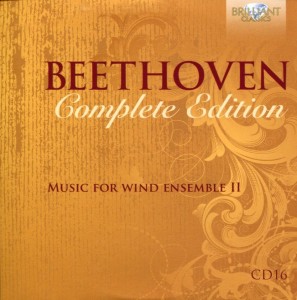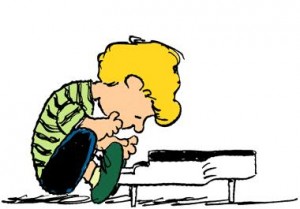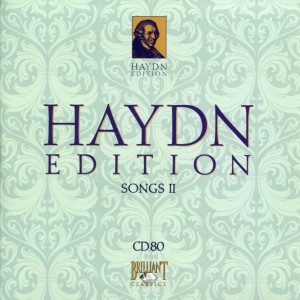 I would have preferred to end my eye-opening journey through complete works of Ludwig van Beethoven with symphonic music, like a piano trio or a symphony or even a violin concerto.
I would have preferred to end my eye-opening journey through complete works of Ludwig van Beethoven with symphonic music, like a piano trio or a symphony or even a violin concerto.
As it is, finishing today – 86 days after I started listening to Beethoven – with these folk songs kind of leaves a bad taste in my mouth.
That’s not to say I haven’t enjoyed this musical exploration. Or that I intensely dislike what I’m hearing this morning.
On the contrary, Beethoven was as big a thrill to me as when I listened to Mozart for 180 days (his complete works on 180 CDs) a few years ago.
Maybe more so.
Definitely more so.
Beethoven took me by surprise. Totally.
I had no idea Beethoven was this rich, complex, emotional, melodic, and profound. The word deep comes to mind most often when I consider Beethoven’s music. Yet, that’s not even the word I’m looking for. It’s a combination of deep, rich, emotional, melodic, et al. All together.
By way of contrast, when I listened to the complete works of Haydn, I got little out of it other than 150 days of effort. I don’t remember a single melody, most likely because I never heard one that stuck with me. Frankly, Haydn bored me.
Mozart was a blast to study. I learned a great deal – but Continue reading








